Home>Garden Essentials>What Plants Are In Cheerios Seed Packet For Bees
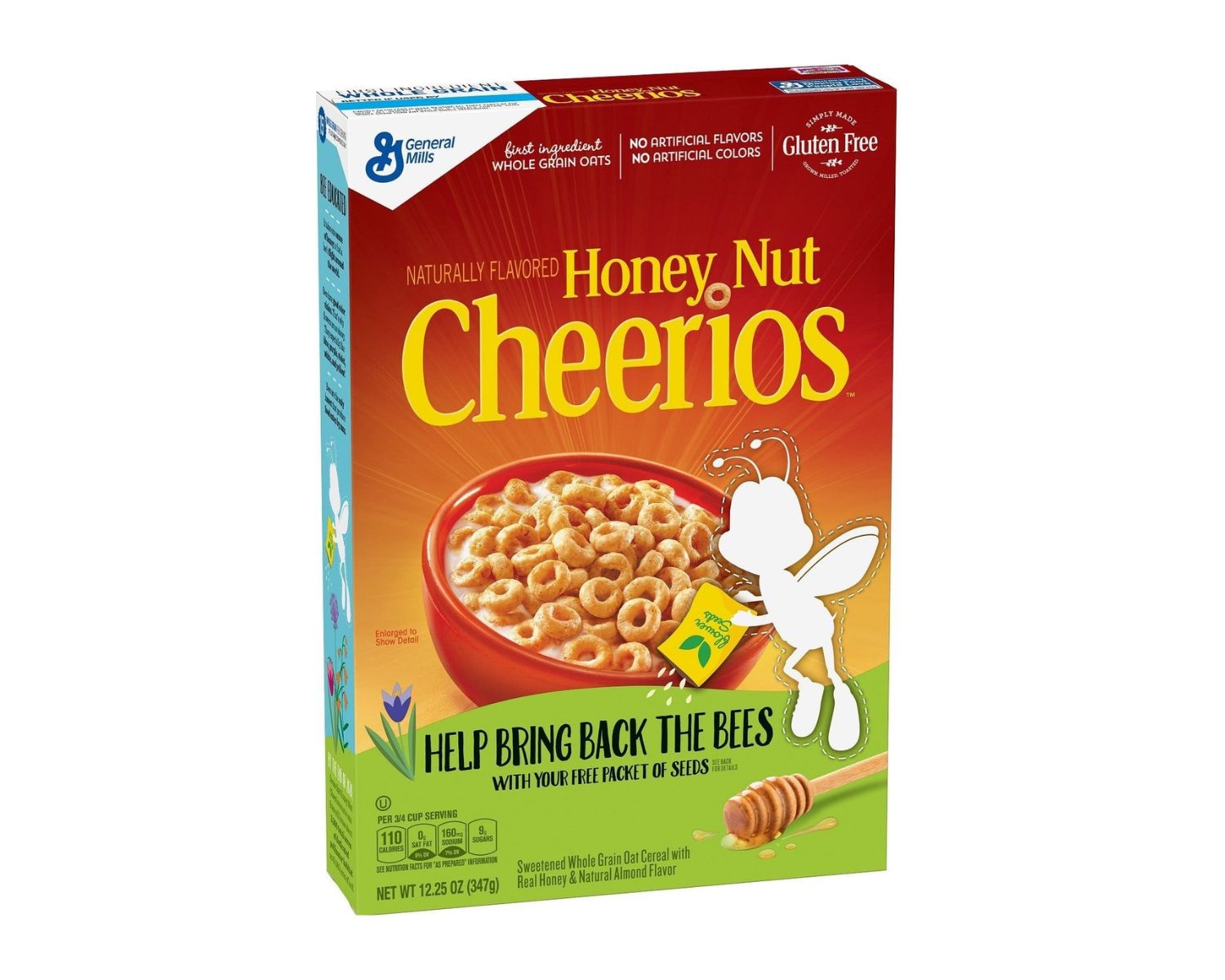

Garden Essentials
What Plants Are In Cheerios Seed Packet For Bees
Modified: August 17, 2024
Discover what plants are included in the Cheerios seed packet for bees and create a vibrant garden that supports pollinators.
(Many of the links in this article redirect to a specific reviewed product. Your purchase of these products through affiliate links helps to generate commission for Storables.com, at no extra cost. Learn more)
Introduction
Bees play a crucial role in our ecosystem by pollinating plants, which allows them to reproduce and flourish. They are responsible for pollinating a large percentage of our food crops, making them essential for maintaining biodiversity and food security. However, bee populations have been declining in recent years due to habitat loss, pesticide use, and other factors.
In an effort to promote bee conservation and support bee populations, Cheerios, the popular cereal brand, launched a campaign called the “Cheerios Seed Packet for Bees.” This initiative aimed to raise awareness about the importance of bees and provide individuals with an easy way to contribute to their well-being. The seed packet contains a variety of flowers that are attractive to bees and can be planted in gardens, balconies, or other suitable spaces.
The Cheerios Seed Packet for Bees has gained significant attention and popularity, encouraging people across the country to participate in bee conservation efforts. By planting these bee-friendly flowers, individuals can create habitats and food sources for bees, aiding in their survival. In this article, we will explore the plants included in the Cheerios Seed Packet and how each one contributes to supporting bee populations.
Key Takeaways:
- Cheerios Seed Packet for Bees provides easy access to bee-friendly flowers like sunflowers and California poppies, supporting bee populations and creating vibrant gardens for all.
- By planting flowers from the Cheerios Seed Packet, individuals can attract bees, support biodiversity, and contribute to a sustainable environment, regardless of gardening experience or living space.
Read more: When To Plant Seed Packet
Importance of Bees for Plant Pollination
Bees are incredible pollinators and are responsible for fertilizing many of the plants we rely on for food, beauty, and ecosystem balance. Pollination occurs when pollen grains from the male part of a flower (stamen) are transferred to the female part (pistil), allowing for fertilization and the production of seeds.
Bees are particularly effective pollinators because of their unique anatomy and behavior. As they visit flowers in search of nectar and pollen, they inadvertently collect and transfer pollen from one flower to another. This cross-pollination helps plants reproduce and ensures genetic diversity within populations.
This process of pollination is vital for the production of fruits, vegetables, nuts, and seeds. About one-third of the food we consume is directly or indirectly dependent on pollinators like bees. Crops like apples, almonds, blueberries, cucumbers, and melons all rely on bees for efficient pollination. Without bees, the quality and quantity of these crops would significantly decline, leading to a negative impact on both farmers and consumers.
Not only do bees contribute to our food supply, but they also play a critical role in supporting biodiversity. By pollinating native plants, bees help to maintain healthy ecosystems and provide habitats and food sources for other wildlife. Bees are essential in the reproduction of wildflowers, trees, and shrubs, which form the foundation of natural ecosystems.
Furthermore, the presence of a healthy bee population can enhance the production of seeds and fruits in many ornamental plants. This leads to more vibrant gardens and landscapes, attracting a wide variety of birds, butterflies, and other pollinators.
Unfortunately, bees are facing numerous challenges that threaten their survival. Habitat loss, pesticide exposure, climate change, and diseases are major factors contributing to the decline of bee populations worldwide. It is crucial for us to take action and provide a supportive environment for bees to thrive.
One way to make a positive impact is by creating bee-friendly habitats and providing them with abundant sources of pollen and nectar. This is where the Cheerios Seed Packet for Bees comes into play. By planting the seeds included in the packet, individuals can contribute to the preservation of bee populations and make a difference in their own communities.
Cheerios Seed Packet for Bees: A Solution
The Cheerios Seed Packet for Bees is a creative and accessible solution to help address the decline of bee populations. Cheerios has partnered with organizations such as Veseys Seeds and the Xerces Society for Invertebrate Conservation to distribute these seed packets to the public.
The seed packet contains a mix of annual and perennial flower seeds that are known to attract bees and provide them with essential sources of nectar and pollen. It is designed to be easily planted in various locations, from traditional gardens to small balconies and urban spaces. By encouraging individuals to participate in bee conservation efforts, Cheerios is promoting the idea that everyone can make a positive impact, regardless of the size of their living space.
The seed packets are typically made available for free or at a nominal cost through promotion campaigns, events, and online requests. This accessibility allows people of all backgrounds to participate and contribute to the preservation of bee habitats, regardless of their gardening experience or financial resources.
Not only does the Cheerios Seed Packet for Bees provide an opportunity for individuals to take concrete action to support bees, but it also serves as an educational tool. The packet typically includes information on the importance of bees, the specific flowers contained in the mix, and instructions on how to plant and care for them. This educational aspect helps raise awareness about the critical role of pollinators and the steps individuals can take to help protect them.
By distributing these seed packets, Cheerios is leveraging its wide-reaching platform to inspire and empower individuals to contribute to bee conservation efforts. The colorful packaging and easy-to-use design make the seed packets attractive and convenient for people of all ages and gardening abilities.
Since the launch of the campaign, the Cheerios Seed Packet for Bees has gained significant popularity and has been embraced by communities throughout the country. The initiative has sparked conversations, created a sense of collective responsibility, and encouraged people to come together in support of bees and other pollinators.
Overall, the Cheerios Seed Packet for Bees serves as a straightforward yet powerful solution to foster grassroots engagement in bee conservation. It provides individuals with the means to create bee-friendly habitats, support pollinators, and play a part in ensuring the future of our ecosystems.
Plants Included in the Cheerios Seed Packet
The Cheerios Seed Packet for Bees contains a diverse selection of flowers that are known to attract bees and provide them with the essential nectar and pollen they need for survival. Here are some of the plants included in the seed packet:
-
Sunflower (Helianthus annuus)
Sunflowers are not only visually stunning but also a favorite among bees. These majestic flowers have large, vibrant heads that contain hundreds of tiny florets rich in nectar and pollen. Sunflowers are easy to grow and can reach impressive heights, creating a striking focal point in any garden.
-
Read more: When To Plant Bee Balm Seeds
California Poppy (Eschscholzia californica)
The California Poppy is a vibrant orange flower endemic to California. Its delicate petals and distinctive cup-shaped blooms make it an irresistible attraction for bees. This drought-tolerant perennial is a great addition to any bee-friendly garden.
-
Cosmos (Cosmos bipinnatus)
Cosmos is a popular choice for attracting bees with its colorful, daisy-like flowers that bloom in various shades of pink, white, and purple. These annuals are easy to grow and provide an abundance of nectar and pollen, making them a valuable food source for bees throughout the summer.
-
Blanket Flower (Gaillardia aristata)
The Blanket Flower is a hardy perennial with vibrant red and yellow petals that resemble a colorful blanket. This eye-catching flower produces copious amounts of nectar, attracting not only bees but also butterflies and other pollinators.
-
Corn Poppy (Papaver rhoeas)
Also known as the Flanders Poppy, the Corn Poppy is a beautiful annual flower with bright red petals and a black center. This classic wildflower is an excellent nectar source for bees and brings a touch of natural beauty to any garden.
-
Read more: What Is The Sell Date On A Seed Packet For?
Baby’s Breath (Gypsophila elegans)
Baby’s Breath is a delicate and airy annual flower that features clusters of tiny white flowers. Despite its small size, it is highly attractive to bees, thanks to its abundant nectar-producing flowers.
-
Forget-Me-Nots (Myosotis sylvatica)
Forget-Me-Nots are charming perennial flowers with delicate blue blossoms that add a touch of elegance to any garden. These tiny flowers produce nectar that bees find irresistible, making them a valuable addition to bee-friendly landscapes.
This selection of flowers in the Cheerios Seed Packet provides a range of colors, shapes, and sizes, ensuring an appealing and varied garden that will attract and benefit bees. By planting these flowers, individuals can create a welcoming environment for bees while enjoying the beauty and benefits of a blooming garden.
Sunflower (Helianthus annuus)
The sunflower (Helianthus annuus) is a stunning and iconic flower that holds a special place in the hearts of many. It is not only a favorite among gardeners and floral enthusiasts but also a beloved source of food and nourishment for bees. Sunflowers, with their large and vibrant heads, attract bees like magnets and provide them with essential nectar and pollen.
One of the main reasons why bees are incredibly drawn to sunflowers is their abundant nectar reserves. Sunflower blooms consist of hundreds of tiny florets packed tightly together, each containing its own reservoir of sweet nectar. Bees can easily access this nectar by inserting their proboscis into the florets, extracting the valuable liquid that sustains their energy levels.
Furthermore, sunflowers are rich in pollen, which is another vital food source for bees. As bees visit the sunflower’s disc florets, they brush against the stamen, the male reproductive part of the flower, collecting pollen grains on their bodies. When they move on to another sunflower, some of this pollen is transferred to the stigma, the female reproductive part, facilitating the fertilization process.
Not only do sunflowers provide sustenance for bees, but they also offer a generous landing platform. The large flat heads of sunflowers make it easy for bees to land and navigate around the flower, allowing them to access the nectar and pollen more efficiently. This accessibility is particularly important for bees with shorter tongues, as they can easily reach the nectar-filled disc florets without struggling.
In addition to their role as a vital food source for bees, sunflowers also offer numerous other benefits. They are known for their impressive height and beauty, often reaching towering heights of several feet. This makes them a striking feature in any garden or landscape, adding a touch of vibrancy and grandeur.
Furthermore, sunflowers are incredibly resilient and adaptable plants. They can thrive in a range of climates and soil conditions, making them suitable for various regions and gardening environments. They are also relatively low maintenance and require minimal care, making them a popular choice for both experienced gardeners and beginners.
Another interesting aspect of sunflowers is their ability to attract not only bees but also other pollinators and beneficial insects. Butterflies, hummingbirds, and other bees are often seen visiting sunflowers, further enhancing the ecological value of these magnificent flowers.
Whether you grow sunflowers in your garden, allotment, or even on your balcony, you are providing bees with a much-needed source of nourishment. By including sunflowers in the Cheerios Seed Packet for Bees, Cheerios has made it easy for individuals to contribute to bee conservation efforts while enjoying the beauty and benefits of these remarkable flowers.
California Poppy (Eschscholzia californica)
The California Poppy (Eschscholzia californica) is a vibrant and charming wildflower that is native to the state of California. Known for its striking orange, gold, and yellow blooms, this flower is not only a favorite among gardeners but also a beloved food source for bees.
One of the reasons why bees are attracted to the California Poppy is its abundant production of nectar. The flowers of the California Poppy contain nectar in their bowl-shaped blossoms, which entices bees to visit and collect this sweet reward. Bees are drawn to the bright and vivid colors of the poppy petals, making it easier for them to locate the flowers and access the nectar within.
The California Poppy provides an important food source for bees, especially during the spring and early summer months when their populations are actively searching for nectar and pollen. As bees visit the poppy flowers, they transfer pollen from the stamen, the male reproductive structure, to the stigma, the female reproductive structure, aiding in the fertilization process and subsequent seed production.
In addition to its nutritional value for bees, the California Poppy offers other benefits. It is a drought-tolerant plant, making it well-suited for arid and Mediterranean climates. This resilience allows the poppy to thrive in various regions where water availability may be limited. Its adaptability to different growing conditions makes it an ideal choice for bee-friendly gardens in arid regions, where it can provide a crucial food source for bees, even during times of limited water resources.
The California Poppy is also a great addition to gardens and landscapes due to its attractive and eye-catching appearance. Its bright orange blooms add a vivid splash of color, creating a stunning visual display. The poppy’s delicate fern-like foliage and cup-shaped flowers bring a touch of elegance to any garden setting, attracting not only bees but also admirers of its beauty.
Moreover, the California Poppy is a relatively low-maintenance plant. It is known for its ability to self-sow, meaning that it can reproduce naturally by dropping and germinating its own seeds. This self-sowing characteristic allows the poppy to spread and establish itself in various locations, providing a continuous source of nectar for bees year after year with minimal effort from gardeners.
By including the California Poppy in the Cheerios Seed Packet for Bees, Cheerios has made it easy for individuals to contribute to bee conservation efforts while enjoying the beauty and benefits of this native wildflower. Planting California Poppies helps support bee populations by providing them with a reliable and nutritious food source, while also adding a touch of vibrant color to gardens and landscapes.
Read more: How To Fold Seed Packet
Cosmos (Cosmos bipinnatus)
Cosmos (Cosmos bipinnatus) is an exquisite flower that captivates both humans and bees with its vibrant, daisy-like blooms and delicate foliage. Known for its beauty and abundance of nectar, cosmos is a popular choice for bee-friendly gardens.
What makes cosmos particularly enticing to bees is its rich source of nectar. The intricate and open structure of the cosmos flowers makes accessing the nectar relatively easy for bees. The tubular shape of the petals allows bees to insert their proboscis to reach the nectar reserves hidden deep within the flower, providing them with the energy they need to support their activities.
Another appealing feature of cosmos for bees is its extended blooming period. Cosmos plants produce a consistent display of flowers from mid-summer through the fall, offering a reliable source of nectar for bees during this critical time. This makes cosmos a valuable addition to bee-friendly gardens, where it can provide a consistent food source for bees when other flowers may be fading.
In addition to their generous production of nectar, cosmos plants are also abundant in pollen. As bees visit the flowers to collect nectar, their bodies inadvertently become coated with pollen. They transfer this pollen from flower to flower as they move about, aiding in the cross-pollination process and contributing to the reproduction of cosmos and other nearby plants.
Cosmos is not only cherished by bees for its nourishment but also valued by gardeners for its aesthetic appeal. With its slender stems, feathery foliage, and an array of vibrant colors including pink, white, and purple, cosmos adds a touch of elegance and whimsy to any garden setting. The variety of colors available allows gardeners to create visually stunning displays, attracting bees and other pollinators while enhancing the overall beauty of their outdoor space.
Another advantage of cosmos is its ease of cultivation. These annual flowers are adaptable and can thrive in various soil conditions, from rich and fertile to sandy and well-drained. They are also relatively low maintenance, making them suitable for both experienced gardeners and beginners. Cosmos seeds are easy to sow directly into the soil, and the plants require minimal care once established.
Besides their appeal to bees, cosmos flowers are also magnets for other beneficial insects such as butterflies and hoverflies. By planting cosmos in your garden, you not only support bee populations but also contribute to the overall health and diversity of the local insect community.
By including cosmos in the Cheerios Seed Packet for Bees, Cheerios has made it convenient for individuals to contribute to bee conservation efforts while enjoying the beauty and benefits of these lovely flowers. Planting cosmos in your garden not only attracts and supports bees but also adds a touch of natural splendor and charm to your outdoor space.
Blanket Flower (Gaillardia aristata)
The Blanket Flower (Gaillardia aristata) is a stunning and resilient perennial flower that is highly attractive to bees. Known for its vibrant colors and long blooming period, the blanket flower is a favorite choice for bee-friendly gardens.
One of the primary reasons why bees are drawn to the blanket flower is its abundant production of nectar. The center disc florets of the flower contain a significant amount of nectar, which serves as a valuable food source for bees. The bright and captivating petals of the blanket flower act as a beacon, guiding bees towards the nectar-rich florets.
The unique structure of the blanket flower is another reason why it is a favorite among bees. The intricate arrangement of the petals forms a landing platform, providing bees with a stable surface to land on as they access the nectar. This design makes it easier for bees to navigate the flower and efficiently collect the nectar they need for sustenance.
Moreover, the blanket flower is rich in pollen, which is crucial for bee health and reproduction. As bees visit the blanket flower to collect nectar, they inadvertently brush against the stamen, the male reproductive structure, and pick up pollen grains on their bodies. When they move on to the next flower, some of this pollen is transferred to the stigma, the female reproductive structure, facilitating the pollination process.
The long blooming period of the blanket flower, which can extend from late spring to early fall, offers a continuous and reliable source of food for bees. This makes it an essential plant for sustaining bees throughout their active foraging season. The blanket flower’s robust and hardy nature allows it to thrive in various growing conditions, further ensuring its availability as a food source for bees.
In addition to its benefits for bees, the blanket flower is a popular choice for gardeners due to its striking beauty and ease of growth. With its large, daisy-like flowers in vibrant shades of red, orange, and yellow, the blanket flower adds a pop of color and visual appeal to any garden. The flowers emerge on sturdy stems, making them suitable for cut flower arrangements as well.
Blanket flowers are also known for their tolerance to heat, drought, and poor soil conditions, making them ideal for arid regions and gardeners with challenging environments. Once established, they require little maintenance, making them an excellent choice for low-maintenance gardens and landscapes.
By including the blanket flower in the Cheerios Seed Packet for Bees, Cheerios has made it easy for individuals to contribute to bee conservation efforts while enjoying the beauty and benefits of this stunning perennial. Planting blanket flowers in your garden not only attracts and nourishes bees but also adds a touch of color and beauty to your outdoor space.
Corn Poppy (Papaver rhoeas)
The Corn Poppy (Papaver rhoeas) is a striking and enchanting wildflower that captures the attention of both humans and bees. Known for its vibrant red petals and distinctive appearance, the corn poppy is a favorite among bees and an excellent addition to bee-friendly gardens.
Bees are particularly drawn to the Corn Poppy because of its abundant production of nectar. The poppy’s large and showy flowers contain nectar in their delicate petals, acting as a sweet reward for bees. The bright red color of the poppy petals serves as a visual beacon, guiding bees towards the nectar-rich center of the flower.
In addition to its nectar content, the Corn Poppy also provides a valuable source of pollen for bees. As bees visit the poppy flowers to collect nectar, they brush against the numerous stamens, the male reproductive structures, and inadvertently collect pollen grains on their bodies. When they move on to the next flower, they transfer some of this pollen to the stigma, the female reproductive structure, facilitating pollination and the reproduction of the plant.
The distinctive appearance of the Corn Poppy plays a significant role in attracting bees. Its delicate and crinkled petals, coupled with its iconic black center, make it visually appealing to both bees and humans alike. The unique architectural form of the poppy enhances its attractiveness, making it a focal point in any garden or meadow.
Furthermore, the Corn Poppy offers multiple benefits beyond its appeal to bees. Its vibrant red color adds a bold splash of color to any garden or landscape, creating a visually stunning display. The poppy’s slender stems and graceful petals sway gently in the breeze, adding movement and liveliness to the overall aesthetic.
The Corn Poppy is also relatively easy to grow and maintain, making it suitable for both experienced gardeners and beginners. It is an annual flower that self-seeds, meaning it drops its own seeds, allowing new plants to grow in subsequent years. This self-sowing characteristic ensures a continuous presence of poppies in the garden, providing a reliable food source for bees year after year.
In addition to its beauty and ease of cultivation, the Corn Poppy holds historical and cultural significance. It is associated with remembrance and is often used as a symbol for fallen soldiers, particularly in Europe. Including the Corn Poppy in your garden not only supports bee populations but also honors the historical and cultural significance attached to this iconic flower.
By including the Corn Poppy in the Cheerios Seed Packet for Bees, Cheerios has made it convenient for individuals to contribute to bee conservation efforts while enjoying the beauty and benefits of this remarkable wildflower. Planting Corn Poppies in your garden not only attracts and nourishes bees but also adds a touch of natural beauty and symbolism to your outdoor environment.
Baby’s Breath (Gypsophila elegans)
Baby’s Breath (Gypsophila elegans) is a delicate and airy annual flower that is adored by both gardeners and bees. Known for its wispy white blooms and abundant clusters of tiny flowers, Baby’s Breath is a favorite among bees and an excellent addition to bee-friendly gardens.
Bees are drawn to Baby’s Breath due to its abundant production of nectar. Despite its small size, the numerous tiny flowers of Baby’s Breath collectively create a generous source of nectar for bees. The airy and open structure of the flowers allows bees to easily access the nectar, making it an enticing flower for bees seeking nourishment.
In addition to its nectar content, Baby’s Breath also offers a valuable source of pollen for bees. As bees visit the tiny flowers of the Baby’s Breath, they inadvertently collect pollen grains on their bodies. This pollen can be transferred to other flowers as bees move from one bloom to another, aiding in the pollination process and fostering the reproduction of other plants in the garden.
The delicate and feathery appearance of Baby’s Breath is another reason why it appeals to bees. The wispy white petals create a soft and ethereal aesthetic, capturing the attention of bees as they search for food. The petite flowers, clustered together on slender stems, provide an attractive landing platform for bees to access the nectar and pollen within.
Furthermore, Baby’s Breath offers benefits beyond its appeal to bees. Its delicate and graceful appearance makes it a popular choice for adding texture and accent to floral arrangements. It pairs well with other flowers in bouquets, adding a touch of elegance and enhancing the overall aesthetic.
Baby’s Breath is also relatively easy to cultivate, making it suitable for both experienced gardeners and beginners. It is a resilient plant that tolerates a variety of soil conditions, including sandy or poor soils. Its compact size makes it ideal for containers, borders, or as a filler in mixed flower beds.
By including Baby’s Breath in the Cheerios Seed Packet for Bees, Cheerios has made it convenient for individuals to contribute to bee conservation efforts while enjoying the delicate beauty of this charming flower. Planting Baby’s Breath in your garden not only attracts and nourishes bees but also adds a touch of elegance and versatility to your outdoor space.
With its abundance of nectar and pollen, Baby’s Breath provides a reliable food source for bees and contributes to the overall health and well-being of these vital pollinators.
Forget-Me-Nots (Myosotis sylvatica)
Forget-Me-Nots (Myosotis sylvatica) are delicate and charming perennial flowers that hold a special place both in the hearts of gardeners and in the realm of bees. Known for their clusters of small, vibrant blue blossoms, Forget-Me-Nots are a favorite among bees and an excellent addition to any bee-friendly garden.
Bees are particularly drawn to Forget-Me-Nots due to their abundant production of nectar. The tiny flowers of Forget-Me-Nots contain nectar in their delicate petals, providing an irresistible food source for bees. The bright blue color of the blossoms acts as a visual beacon, guiding bees towards the nectar-filled flowers.
In addition to their nectar content, Forget-Me-Nots also offer a valuable source of pollen for bees. As bees visit the flowers in search of nectar, they inadvertently collect pollen grains on their bodies. This pollen can be transferred to other flowers as bees move from one bloom to another, promoting cross-pollination and the reproduction of other plants in the garden.
The distinctive appearance of Forget-Me-Nots further enhances their appeal to bees. Their small, five-petaled blossoms, with their signature blue hue, create a striking contrast against the surrounding green foliage. The flowers’ tubular shape provides a convenient landing platform for bees, allowing them to access the nectar and pollen with ease.
Forget-Me-Nots also offer benefits beyond their appeal to bees. They add a touch of natural beauty and charm to any garden or landscape with their dainty flowers. Their slender stems and delicate foliage create a graceful presence, making them an excellent choice for borders, rock gardens, or as a complimentary flower in mixed plantings.
In addition to their visual appeal, Forget-Me-Nots hold symbolic significance. These flowers have long been associated with remembrance and are often used to honor loved ones and commemorate special occasions.
The cultivation of Forget-Me-Nots is relatively straightforward, making them suitable for gardeners of all skill levels. They thrive in moist, well-drained soils and are particularly well-suited to shady or partially shaded areas. Forget-Me-Nots readily self-seed, allowing them to naturalize and create beautiful patches of blue flowers year after year.
By including Forget-Me-Nots in the Cheerios Seed Packet for Bees, Cheerios has made it convenient for individuals to contribute to bee conservation efforts while enjoying the beauty and symbolism of these exquisite flowers. Planting Forget-Me-Nots in your garden not only attracts and nourishes bees but also adds a touch of elegance and sentimentality to your outdoor space.
With their abundant nectar and pollen, Forget-Me-Nots provide a reliable food source for bees and contribute to the overall well-being of these vital pollinators.
FAQ: Frequently Asked Questions
Here are some common questions about the Cheerios Seed Packet for Bees and creating bee-friendly gardens:
-
Why is it important to support bee populations?
Bees play a vital role in pollinating plants, including many of our food crops. Supporting bee populations is crucial for maintaining biodiversity, promoting crop yields, and ensuring the overall health of our ecosystems.
-
What is the Cheerios Seed Packet for Bees?
The Cheerios Seed Packet for Bees is an initiative developed by Cheerios to raise awareness about bee conservation. It contains a mix of flower seeds that are attractive to bees, allowing individuals to create bee-friendly habitats in their gardens or outdoor spaces.
-
Read more: How Many Grams In A Seed Packet
How can I get the Cheerios Seed Packet for Bees?
The Cheerios Seed Packet for Bees is typically made available through promotions, events, or online requests. You can check Cheerios’ official website or participate in their campaigns to obtain the seed packet.
-
What flowers are included in the Cheerios Seed Packet for Bees?
The exact mix of flowers may vary, but common flowers included in the seed packet are sunflowers, California poppies, cosmos, blanket flowers, corn poppies, baby’s breath, and forget-me-nots. These flowers are known to attract bees with their nectar and pollen.
-
Can I plant the seed packet in a small space like a balcony?
Absolutely! The Cheerios Seed Packet for Bees is designed to be adaptable to various spaces. Whether you have a garden, a balcony, or even a small container, you can plant these seeds and create a bee-friendly environment.
-
Do I need gardening experience to plant the seeds?
Not at all! The Cheerios Seed Packet for Bees is intended to be accessible for everyone, regardless of gardening experience. The packaging usually includes instructions for planting and caring for the seeds, making it easy for beginners to get started.
-
How long do the flowers take to bloom?
The time it takes for the flowers to bloom can vary depending on the specific flower species. Some flowers may start blooming within a few weeks, while others may take longer. Patience is key, and you can enjoy the process as you see the flowers grow and attract bees.
-
Can I harvest the seeds from the flowers for the next year?
Yes, many of the flowers included in the Cheerios Seed Packet for Bees produce seeds that can be harvested. Wait until the flowers have finished blooming and the seed heads have dried. Collect the seeds and store them in a cool, dry place for planting in the following year.
-
How can I attract bees to my garden besides planting flowers?
In addition to planting bee-friendly flowers, you can create a bee-friendly habitat by providing a water source like a shallow dish with pebbles for them to drink from, providing nesting sites like bee houses or natural materials, and avoiding the use of pesticides and herbicides that can harm bees.
If you have more specific questions or need further information, it is always advisable to consult local gardening resources or experts to ensure success in your bee-friendly gardening endeavors.
Conclusion
The Cheerios Seed Packet for Bees has emerged as a creative and impactful solution to support bee populations and promote bee conservation. By providing an accessible and easy way for individuals to create bee-friendly habitats, Cheerios has empowered people from all walks of life to contribute to the well-being of these essential pollinators.
The diverse selection of flowers included in the seed packet, such as sunflowers, California poppies, cosmos, blanket flowers, corn poppies, baby’s breath, and forget-me-nots, are not only visually stunning but also highly attractive to bees. These flowers offer an abundant supply of nectar and pollen, creating a reliable and nutritious food source for bees throughout the seasons.
By planting these flowers, individuals can create vibrant and bee-friendly gardens, balconies, or other outdoor spaces. These habitats not only provide bees with sustenance but also offer nesting sites and shelter, promoting the overall health and well-being of these vital pollinators.
The benefits of supporting bee populations extend beyond the bees themselves. By creating bee-friendly environments, individuals can enjoy the beauty of colorful flowers, increase the biodiversity of their surroundings, and contribute to the overall health of their local ecosystems.
Whether you have a large garden, a small balcony, or even pots on a windowsill, you can make a difference by participating in bee conservation efforts. The Cheerios Seed Packet for Bees provides an accessible and enjoyable way to get involved, regardless of your gardening experience or the size of your living space.
Together, we can create a network of bee-friendly habitats across the country, support healthy bee populations, and ultimately contribute to a more sustainable and balanced environment for ourselves and future generations.
So, let’s plant some seeds, watch the flowers bloom, and welcome the buzzing bees to our gardens. By working together, we can ensure a bright and flourishing future for both bees and humans alike.
Frequently Asked Questions about What Plants Are In Cheerios Seed Packet For Bees
Was this page helpful?
At Storables.com, we guarantee accurate and reliable information. Our content, validated by Expert Board Contributors, is crafted following stringent Editorial Policies. We're committed to providing you with well-researched, expert-backed insights for all your informational needs.
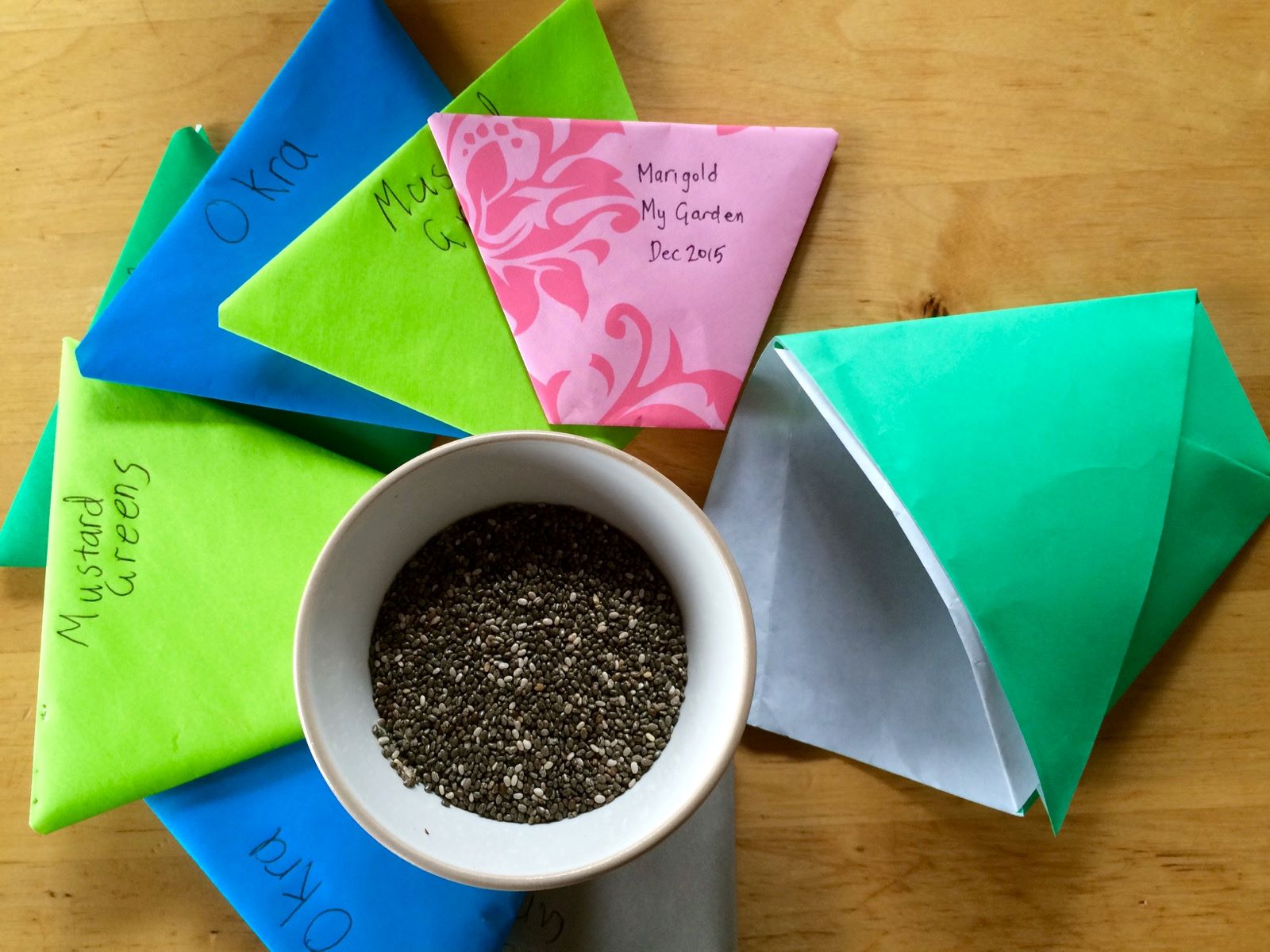
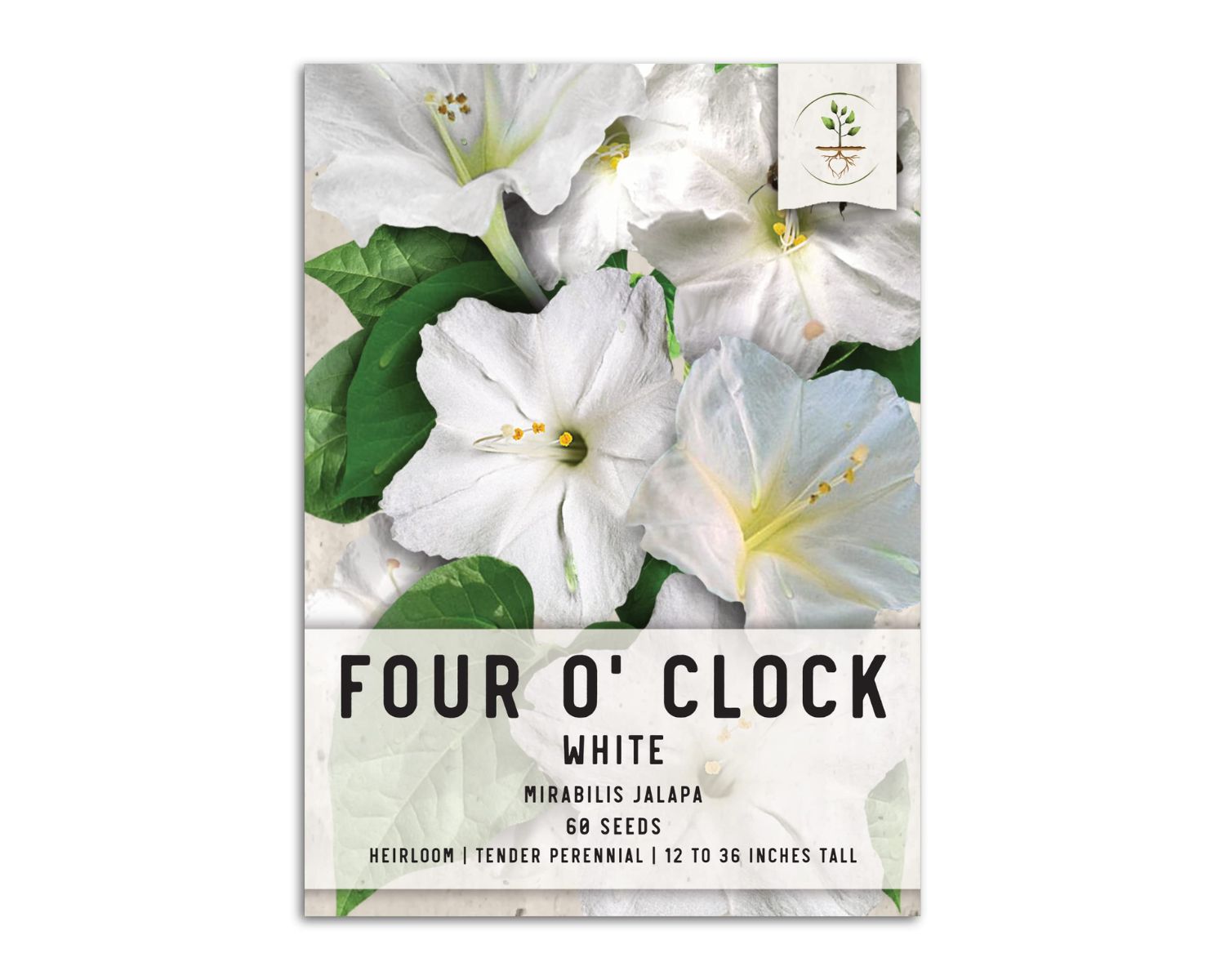
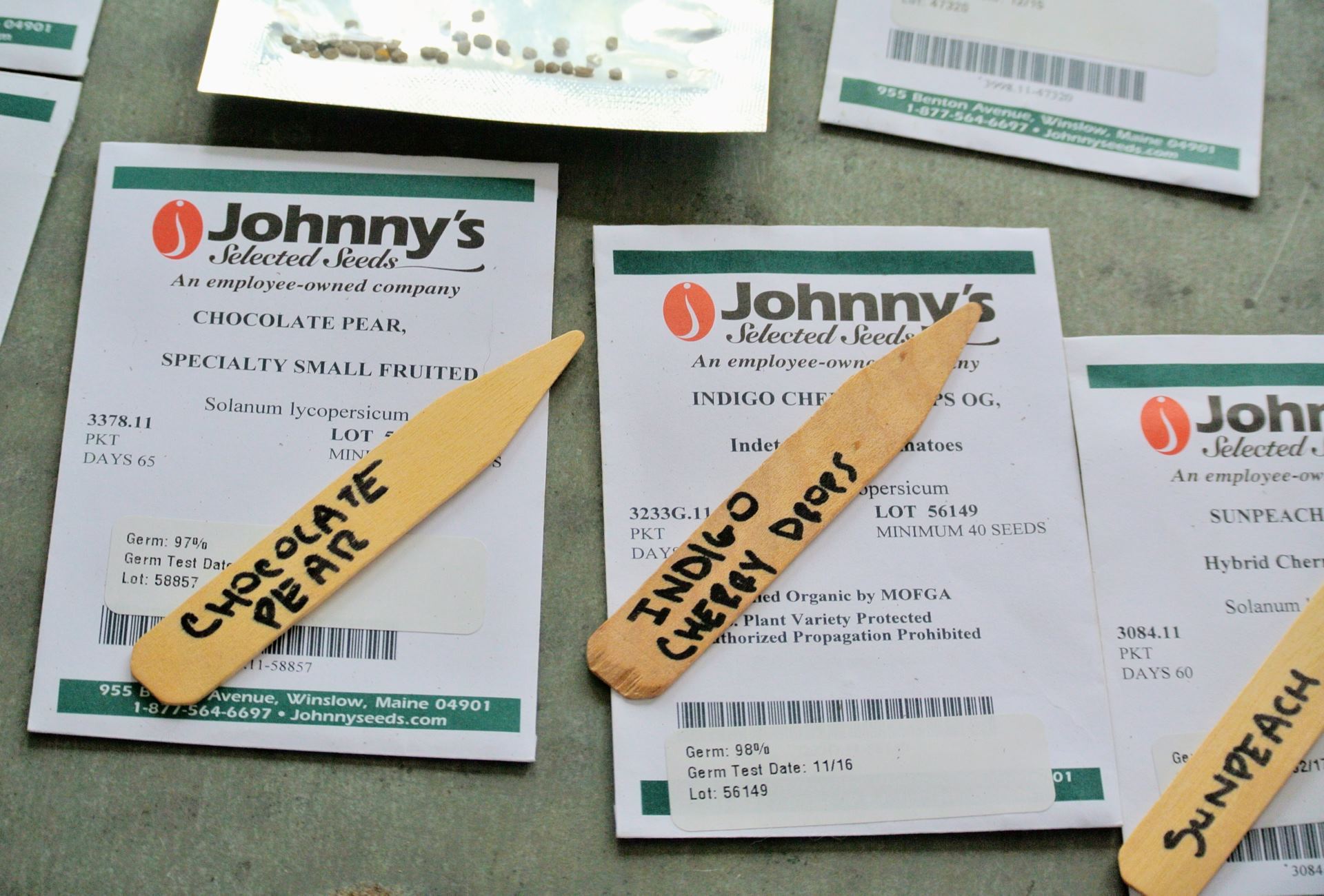
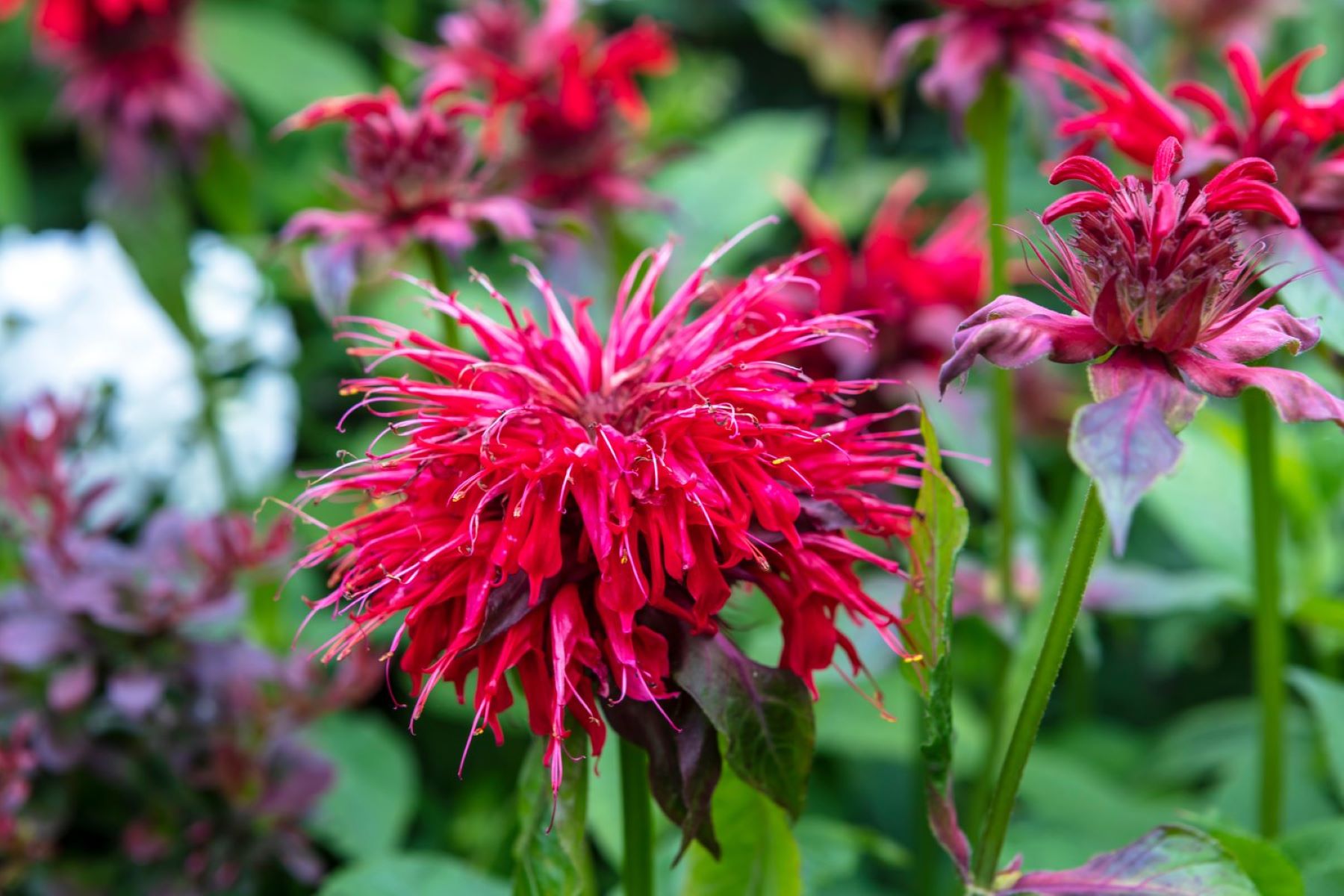
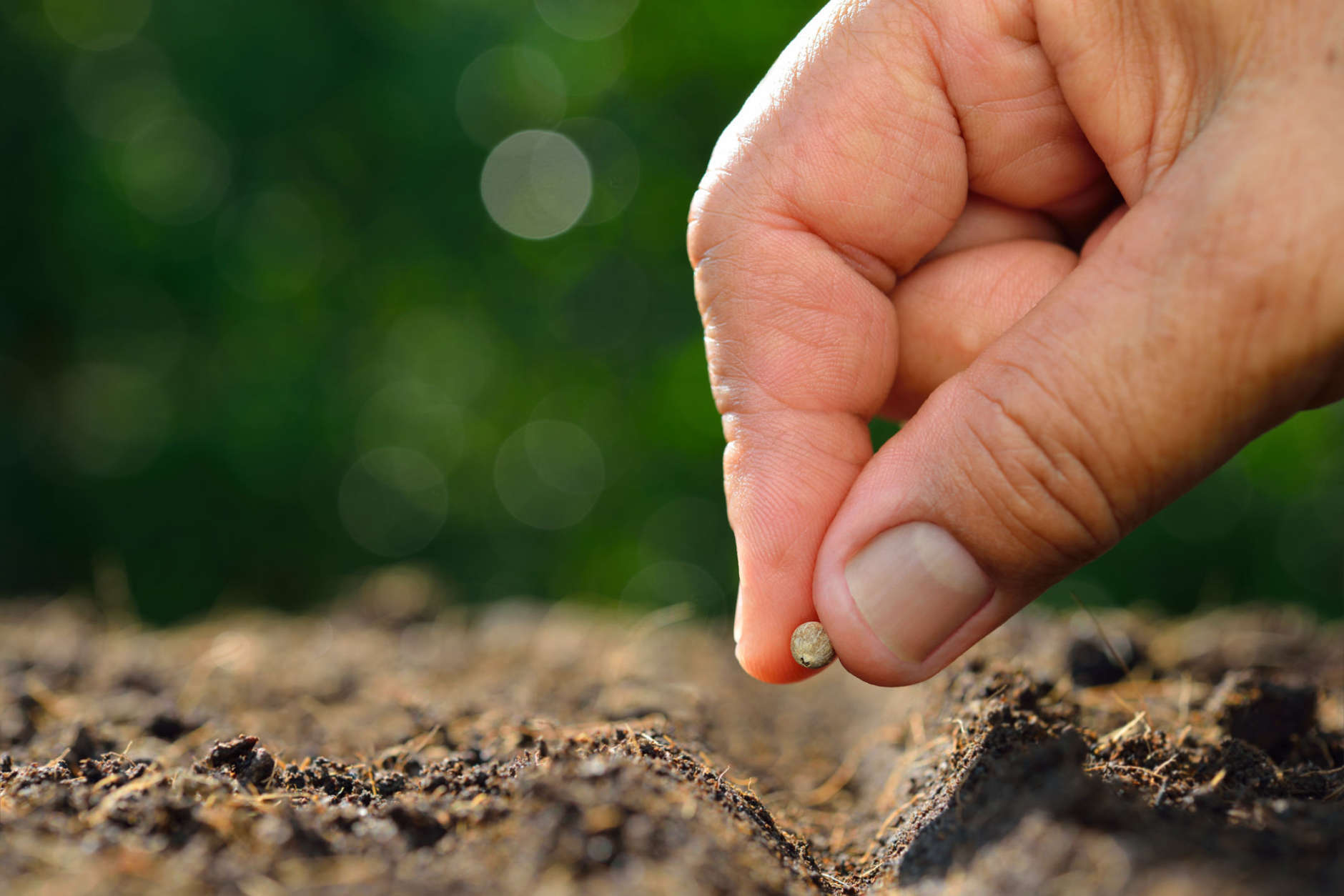
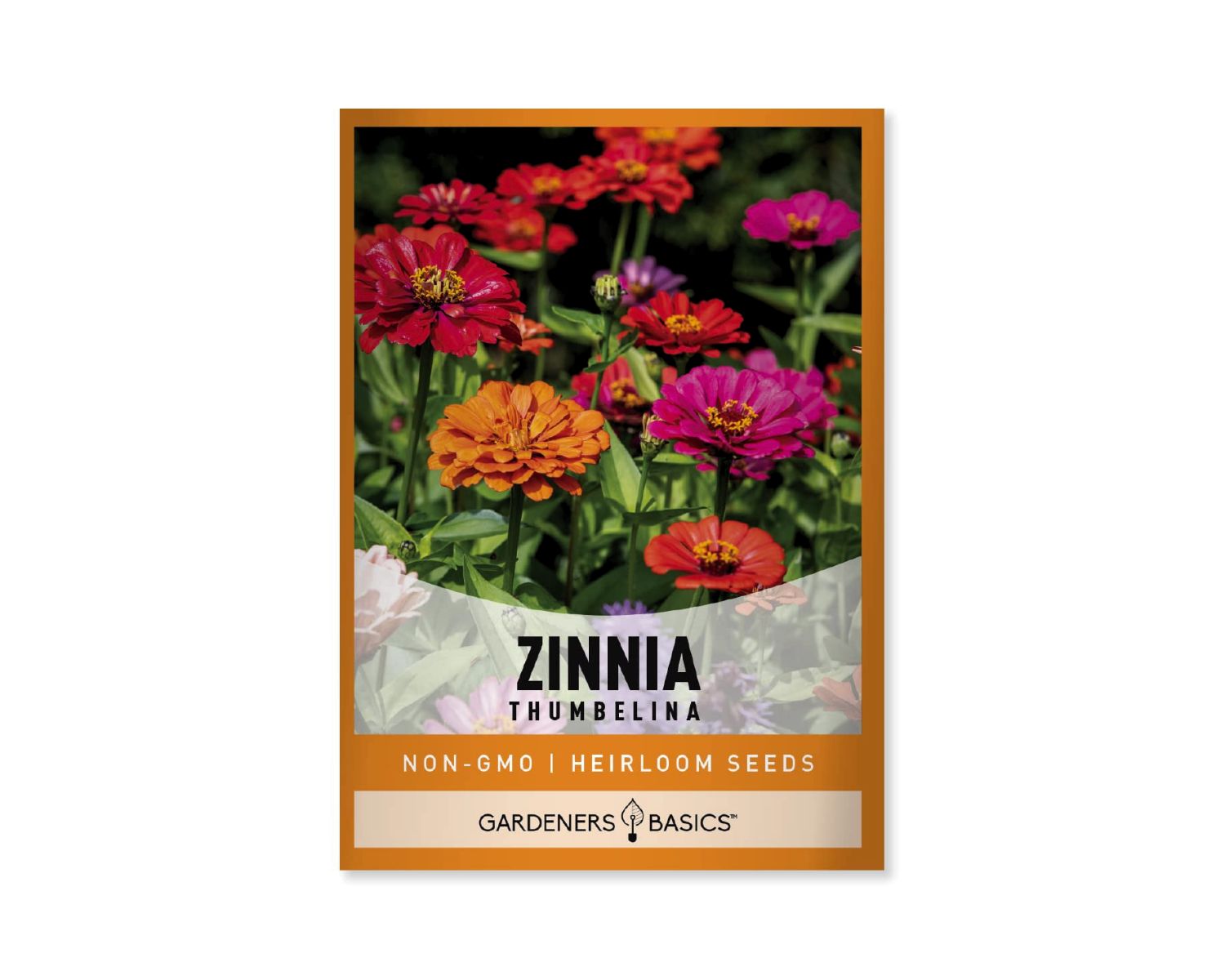
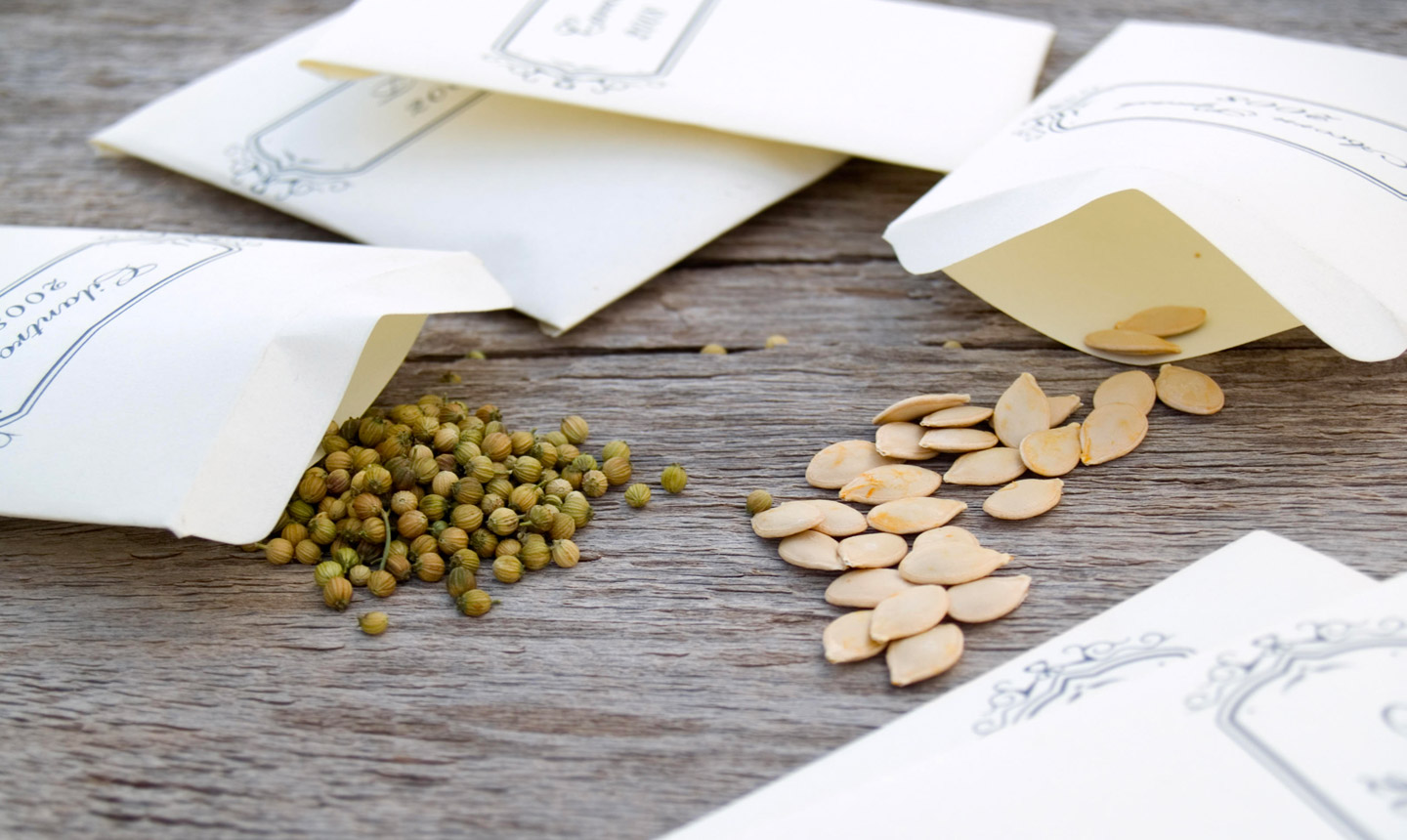
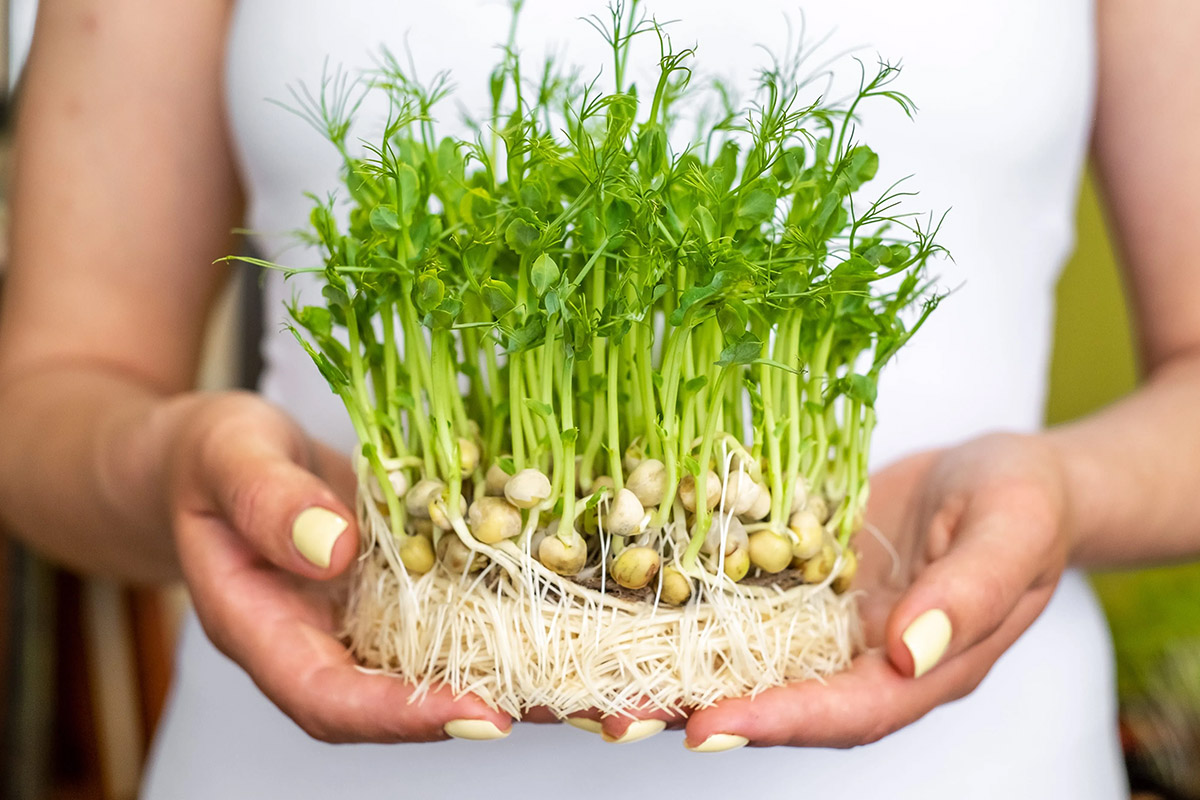
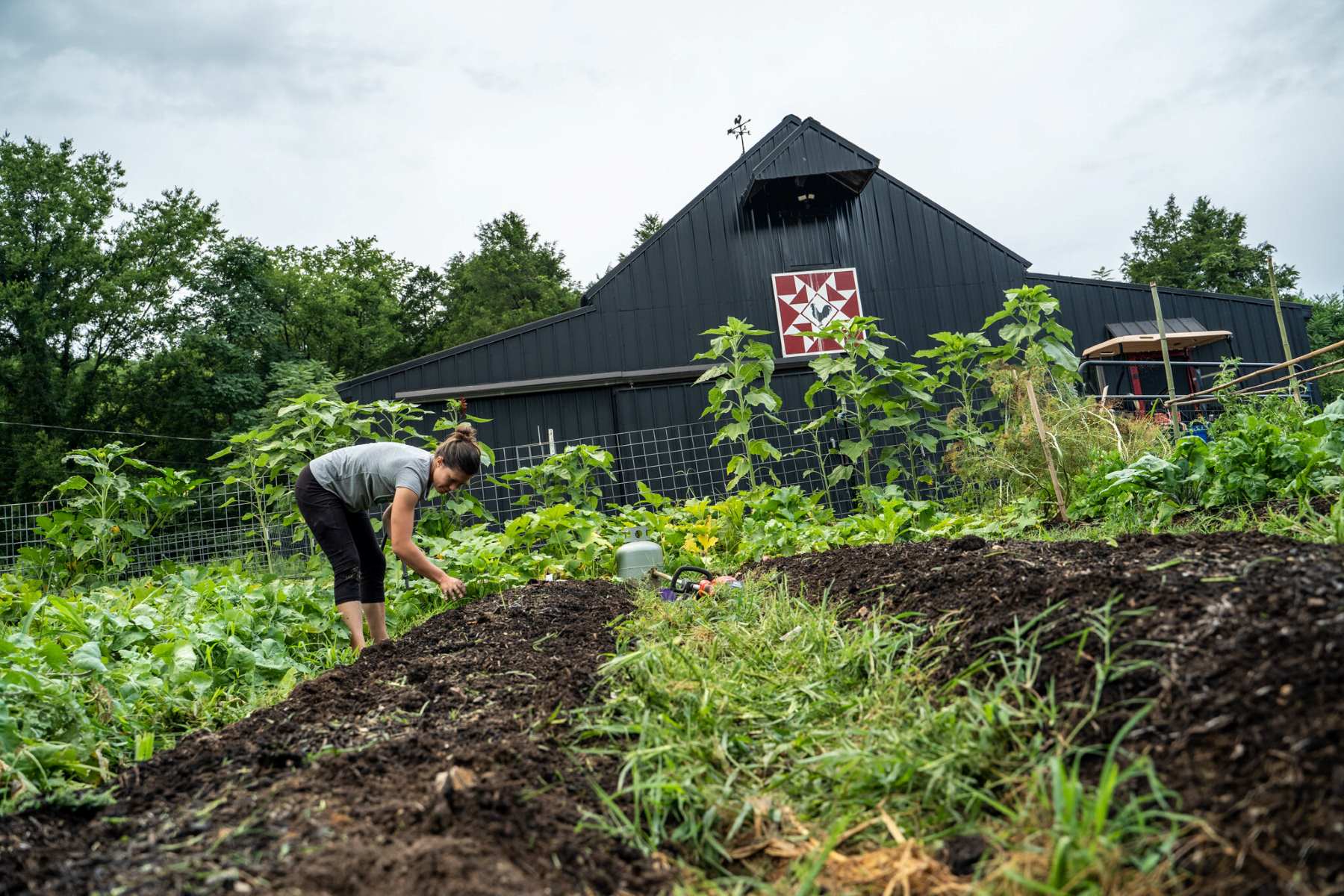

0 thoughts on “What Plants Are In Cheerios Seed Packet For Bees”